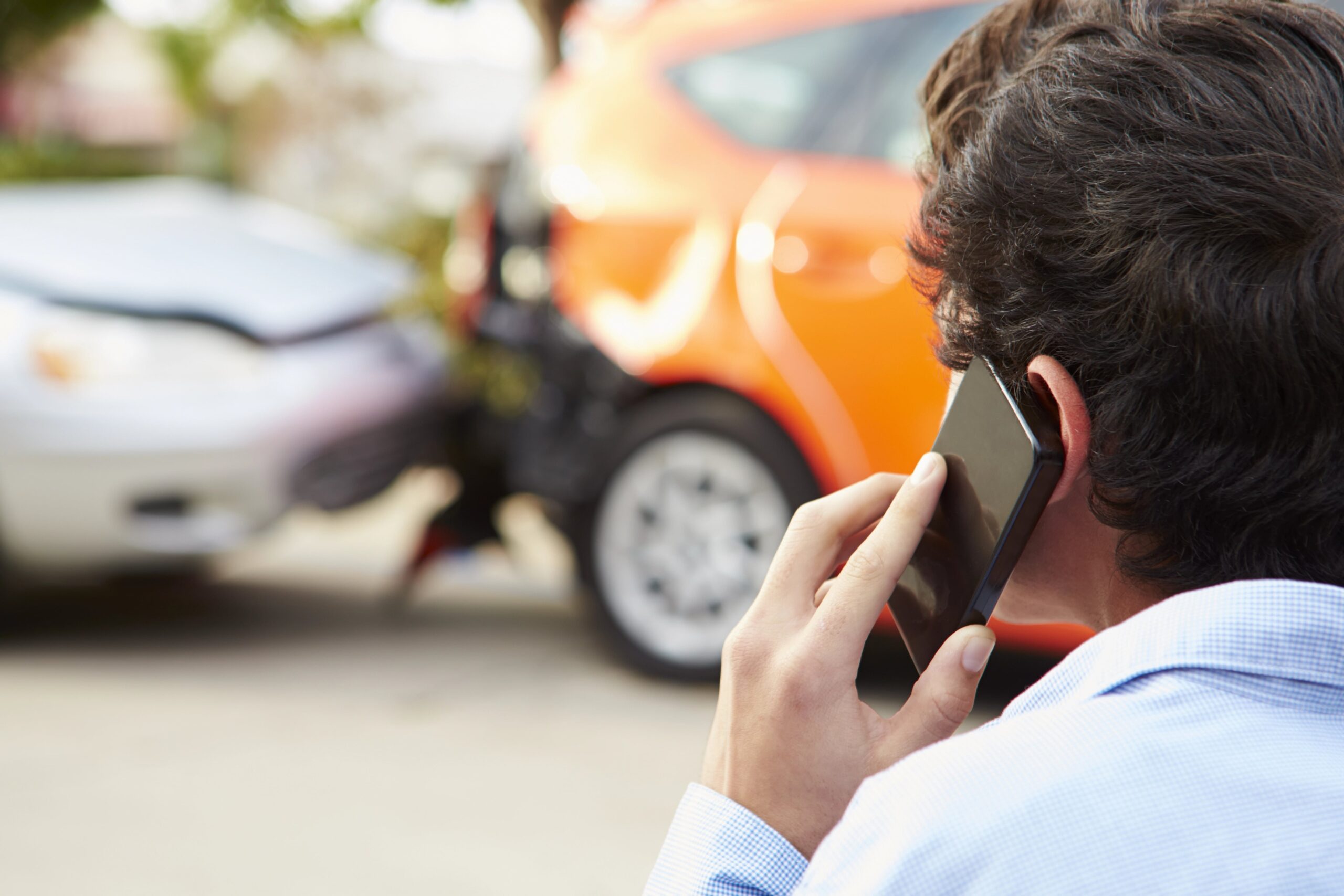A multi-vehicle accident can make it difficult to figure out who was at fault and which party’s insurance company should be responsible for paying damages. Missouri courts evaluate the fault of each involved party to assess liability in a multi-vehicle collision. Scroll down to learn how we determine fault in this type of complex accident and what you can expect from the process as a victim.
Understanding Police Reports
Law enforcement officers who respond to the scene of a multi-vehicle collision conduct a preliminary investigation, talk to those involved and witnesses who saw the crash, take measurements, and write detailed reports. Accident reports written by the police are a good source of information that help attorneys and insurance companies begin the process of determining liability. A police officer must document their observations and the statements made by those involved without bias to provide an objective account of what occurred. While an officer’s report can be a great information source, it is generally not admissible in court.
Traffic Violations
Every party involved in a multi-vehicle accident will have their actions evaluated to determine whether they violated a traffic law. Common traffic violations in multi-vehicle collisions include improper lane changes, failure to yield while merging, driving over the posted speed limit, distracted driving, following too close, and impaired driving. The responding officers may cite one or more drivers involved in the incident. When one or more drivers violate a traffic law, that information will be important in assessing liability and allocating fault.
Statements Made by Drivers and Witnesses
Statements made by drivers and witnesses will also be assessed when determining fault. Each driver will give information about what they believe happened to cause the accident. Driver statements can help us understand what they were trying to do when the collision occurred. However, these statements are biased and subjective, so they will not be afforded as much weight as statements provided by uninvolved witnesses.
Third-party witnesses who saw the crash are considered impartial since they don’t have a relationship with any of the involved parties. The information they provide is crucial for determining liability. They might corroborate a driver’s story or give new information that deviates from the narrative a driver provided. Eyewitnesses might also have seen something that the involved parties didn’t notice and can be invaluable.
Accident Reconstruction Experts
Since a multi-vehicle accident can be complex, your attorney may hire an accident reconstruction expert to help determine liability. These experts take measurements at the accident scene and rely on mathematical models, engineering principles, and other scientific information to reconstruct what happened during the collision.
Investigations by Insurance Companies
The involved insurance companies will also complete investigations to determine fault. They work with law enforcement officers and use investigators to develop a thorough understanding of what occurred. Their investigations can have a major impact on the outcome of claims and who might recover compensation.
Application of Missouri Comparative Fault Law
Missouri has a comparative negligence law found at R.S.Mo. §537.067. Under this law, each party’s percentage of fault will be determined to allocate liability. If a party is 51 percent or more at fault, they will not recover compensation for their losses.
When a party is assessed fault, they will be responsible for paying damages by their percentage. For example, if one driver is found to be 20 percent at fault, a second driver is found to be 29 percent at fault, and a third driver is found to be 51 percent at fault, the first driver will be responsible for 20 percent of the damages, the second will be responsible for 29 percent of the damages, and the third driver will be responsible for 51 percent. Conversely, the first driver will only be able to recover 80 percent of their total losses, the second driver will recover 71 percent of their damages, and the third driver will recover nothing under Missouri’s law since they were 51% at fault.
Consult an Experienced Motor Vehicle Collision Attorney
If you were involved in a multi-vehicle collision and suffered injuries, it can be difficult to know how to recover compensation for your losses. At the Law Offices of Bryan Musgrave, our experienced auto accident attorneys can investigate what happened and help you understand the legal merits of your claim. Call us today for a free consultation to learn more at 417-322-2222 or contact us online.

